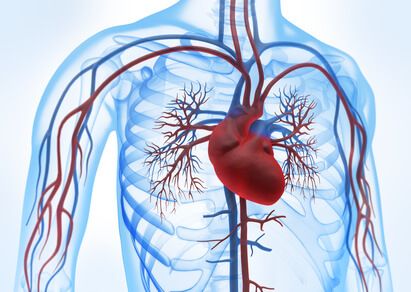A new ISCHEMIA analysis has shown its outcomes are highly dependent on MI definition. The original conclusion had shown a significant difference between invasive and conservative strategies using the most sensible definition of MI: troponin elevation.

When looking at events using MI definition as troponin elevation, we will see the conservative treatment reduces primary end point (combination of cardiovascular death, MI, hospitalization for unstable angina, cardiac failure, and cardiac arrest).
This difference between strategies was driven by a greater number of periprocedural MI in the invasive arm.
On the other hand, type I MI rate (universal definition of spontaneous MI) was significantly lower with the invasive revascularization strategy (be it PCI or CABG). This spontaneous MI cases were associated to worse prognosis as opposed to periprocedural MI cases.
Other studies largely debated such as the COURAGE, the BARI 2D and the FAME 2 have not shown a reduction in spontaneous MI in the revascularization branch compared against optimal medical treatment.
The reasons behind the protection of revascularization against spontaneous MI remains nuclear, especially seeing as MI can happen in non-revascularized vessels or in non-obstructive lesions.
Surgery can protect patients from events produced proximal to the anastomosis area, but it is far more difficult to explain in case of PCI.
Another possible explanation might be the greater use of dual antiaggregation in the revascularization arm.
Read also: High Risk Anatomy Challenges ISCHEMIA Outcomes.
And as this were not enough, 20% of patients allocated to the invasive strategy were not revascularized because of the absence of obstructive lesions, and this group also presented reduced spontaneous MI rate.
Many assumed the aim of the ISCHEMIA was to find the benefit of PCI (as did the COURAGE) but, far from it; many of the patients randomized to the invasive strategy with angiography were not revascularized because of the absence of lesions treatable with stents, and many ended up in surgery. We need to demystify the link between angiography and stent.
Knowing the anatomy helps us better select for or against strategies, and CT scans can be the best tool to do it.
Read also: Virtual ACC 2020 | ISCHEMIA: Quality of Life, Not a Soft Endpoint.
As we have imagined since 2019 when presented at AHA, the ISCHEMIA will continue to raise questions for a long time.
Original Title: Myocardial Infarction in the ISCHEMIA Trial: Impact of Different Definitions on Incidence, Prognosis, and Treatment Comparisons.
Reference: Bernard R. Chaitman et al. Circulation 2021, article in press. https://doi.org/10.1161/CIRCULATIONAHA.120.047987.
Subscribe to our weekly newsletter
Get the latest scientific articles on interventional cardiology





